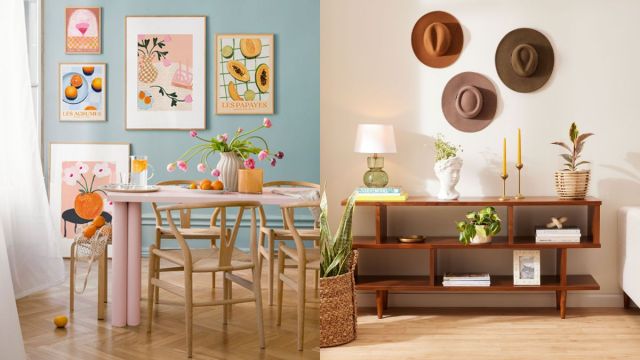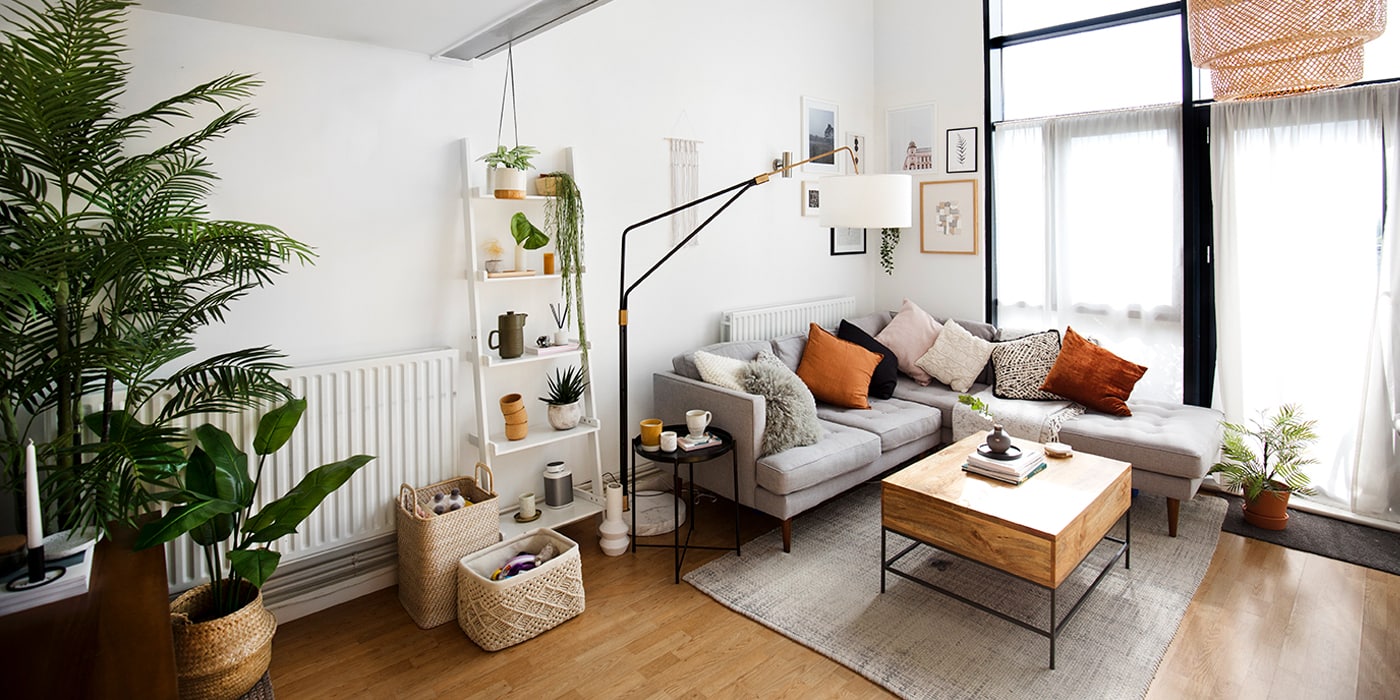Master the Art of Layering Textures in Home Style for a Cozy Atmosphere
The capability to effectively layer appearances within home design is a nuanced skill that dramatically contributes to a cozy and inviting environment. The choice of complementary textures, from soft materials to natural elements, is important in attaining this balance.

Recognizing Structure Basics
When it comes to home decor, comprehending the principles of appearance is essential for creating an unified and inviting room. Structure refers to the tactile high quality of surfaces and can dramatically influence the total aesthetic and feeling of a space.

Picking the Right Products
Selecting the right materials is important in achieving a well-layered structure in home decoration. The choice of products not just affects the general visual yet likewise affects the convenience and performance of the space. When considering structures, focus on natural fibers such as cotton, silk, woollen, and linen, which provide warmth and a tactile quality that synthetic materials usually lack.
For furniture, choose for resilient textiles that can stand up to wear while preserving their texture. Velour and chenille can include luxurious deepness, while canvas and jeans lend a more laid-back feeling. Incorporating timber, stone, or steel can enhance the responsive comparison, giving a based, organic element to your decoration.
Furthermore, think about the weight and drape of materials when choosing drapes or tosses. Much heavier materials can develop a relaxing, wrapping up ambience, while lighter choices can maintain an airy feel. Devices like cushions and carpets can introduce diverse appearances and patterns, enriching the total layered impact. Inevitably, the best product choices will certainly integrate with your layout vision, creating a room that really feels inviting and cohesive. Carefully curating these components will dramatically add to the setting of your home.
Layering Strategies for Deepness
Efficient layering techniques are necessary for producing depth in home decoration, transforming a level area right into one that feels abundant i thought about this and inviting. To achieve this, begin by incorporating different structures that comparison yet complement each various other.
Layering rugs can properly define areas within a room, including heat and dimension. Purposefully placing toss pillows with differing appearances and sizes on review couches or beds can improve deepness and convenience.
Furthermore, incorporate architectural aspects such as shelves or mounted artwork to produce vertical layers. This not only attracts the eye up yet also provides opportunities to introduce additional structures via ornamental items presented on the racks.
Shade Control and Structure
In the world of home design, accomplishing consistency between color and appearance is critical for developing a natural and welcoming atmosphere. When thoughtfully coordinated, shade and appearance can boost the aesthetic appeal of an area, developing depth and interest.

Next, focus on structure. Soft textiles like velour or linen compared with difficult materials such as wood or metal create a dynamic interaction. A plush velvet couch coupled with a streamlined, metal coffee table introduces a tactile contrast that invites touch and exploration.
Additionally, layering different appearances-- like a woven rug under a smooth table-- can further improve the area. Keep in mind to maintain a natural appearance by limiting the variety of shades and appearances, which helps prevent visual chaos. By understanding the art of color sychronisation and structure, you can develop an environment that really feels both unified and welcoming.
Seasonal Structure Transitions
As the periods change, so too need to the textures within your home to mirror the progressing atmosphere and state of mind. Transitioning your style from one season to another can create a feeling of freshness and convenience, improving your home's total appeal.
In spring and summertime, accept lighter fabrics such as bed linen and cotton. These products advertise a breezy feel and can be enhanced with lively patterns or subtle textures like stitched details. Integrate airy throw pillows and light-weight coverings to maintain a feeling of relaxation.
As autumn site methods, consider introducing heat via richer textures. Wool, velour, and larger knits can offer comfort and comfort. Decide for earthy tones and layered textiles like chunky weaved tosses or luxurious velours to develop a welcoming setting.
Winter requires a much more indulgent approach. Include split appearances with faux fur, thick wool, and luxurious materials - Home decor. These components not only include deepness to your design yet also welcome warmth during colder months
Conclusion
In verdict, grasping the art of layering appearances in home design significantly adds to producing a comfortable environment. By recognizing structure essentials, picking proper products, employing reliable layering strategies, and collaborating colors, an unified and inviting space can be attained. Additionally, adapting textures seasonally boosts the general aesthetic and comfort of the home. This thoughtful approach not only enriches the aesthetic allure yet likewise cultivates an environment for relaxation and health.
The capacity to properly layer appearances within home decor is a nuanced ability that substantially contributes to a cozy and welcoming ambience.When it comes to home style, understanding the basics of texture is necessary for creating a harmonious and welcoming area. By mastering the basics of texture, you lay the foundation for even more innovative layering techniques, leading to a well-curated and inviting home design system.
Selecting the right materials is important in attaining a well-layered texture in home style.In conclusion, grasping the art of layering appearances in home decoration considerably adds to creating a comfy atmosphere.